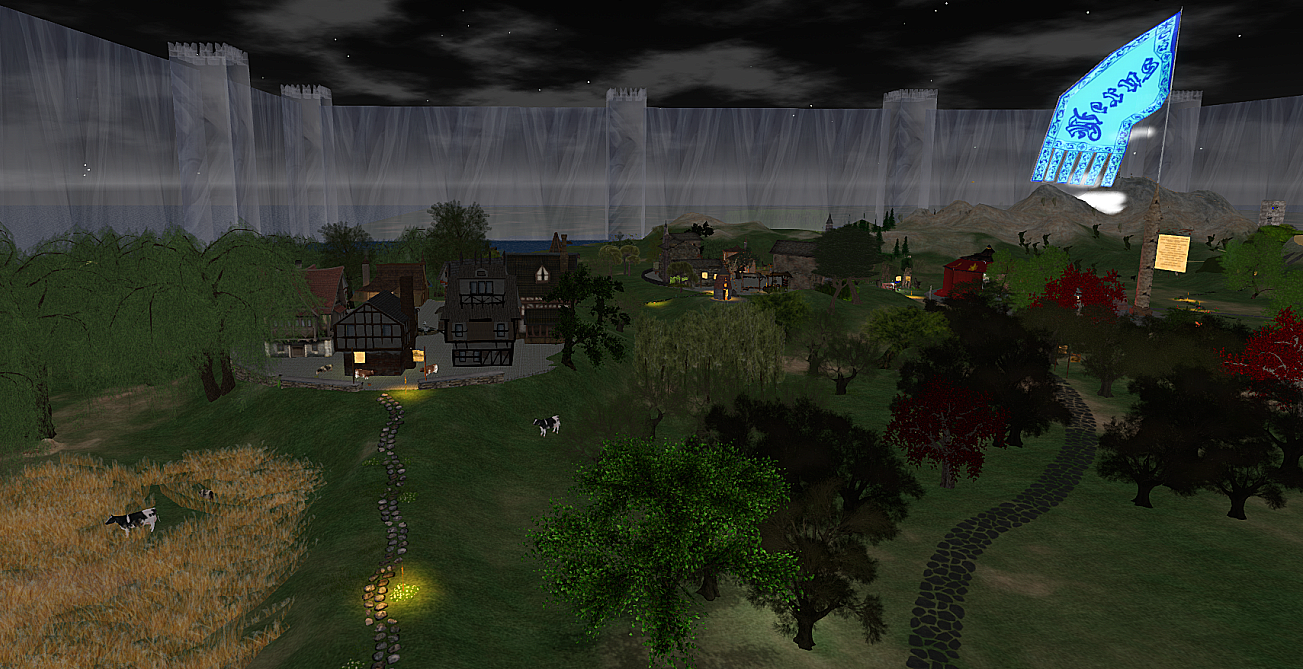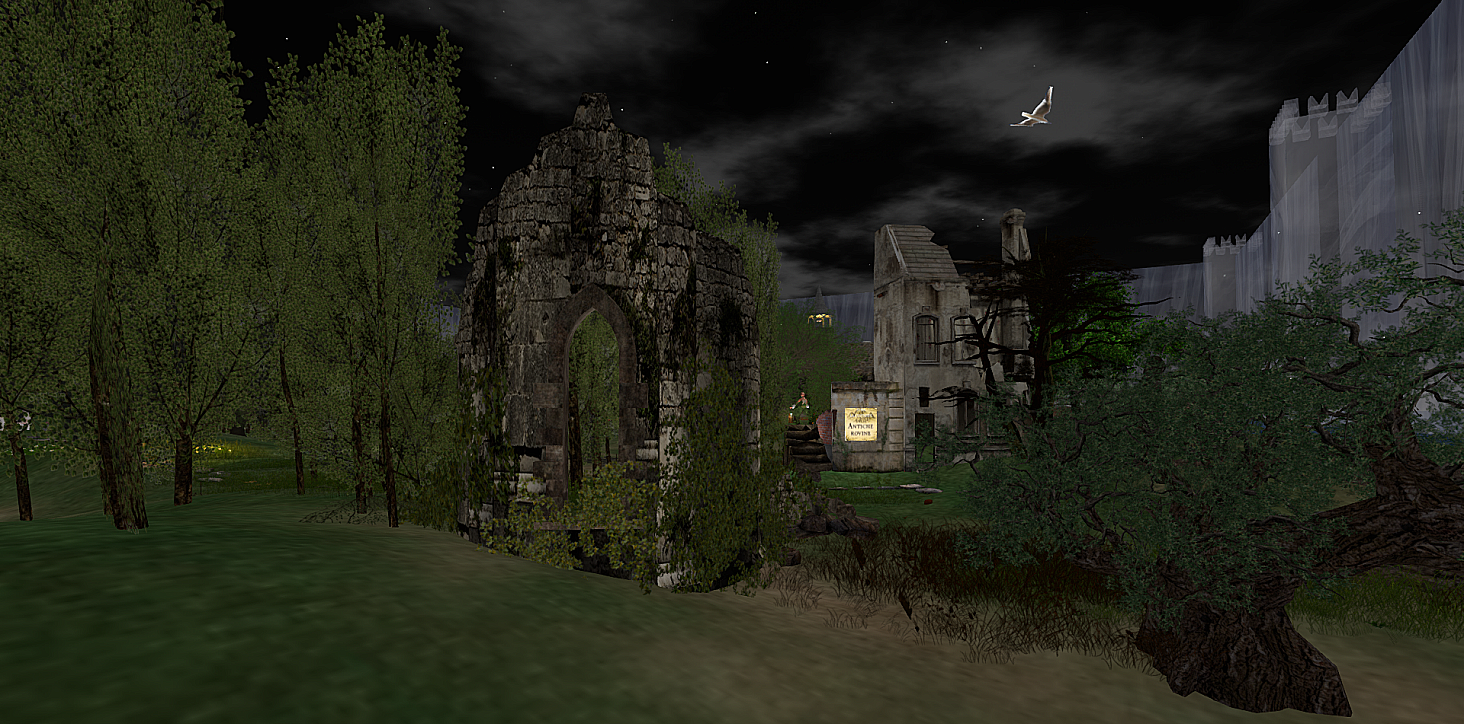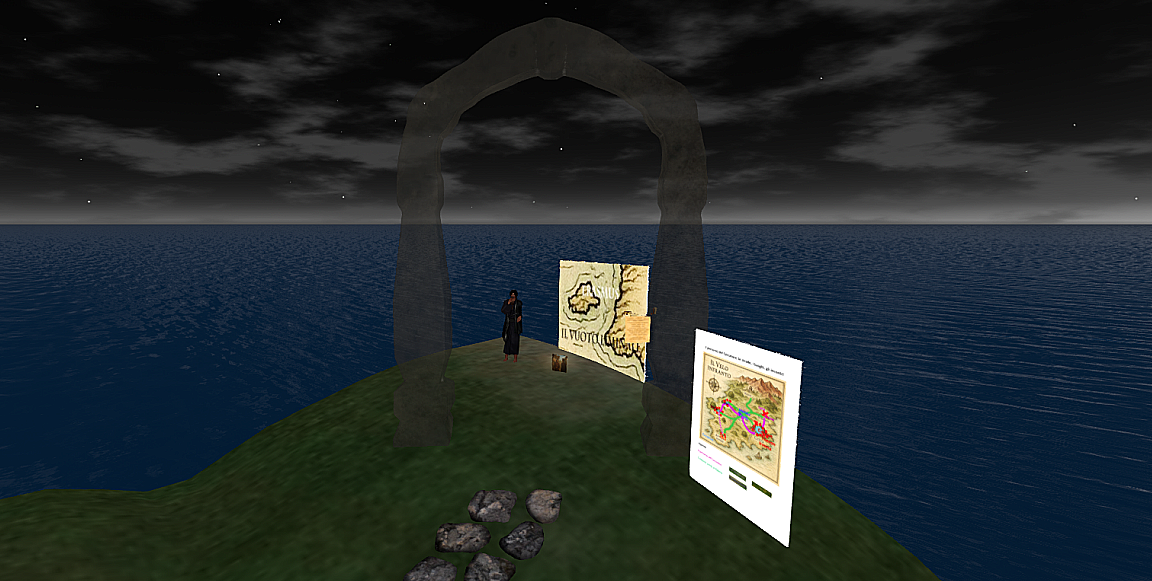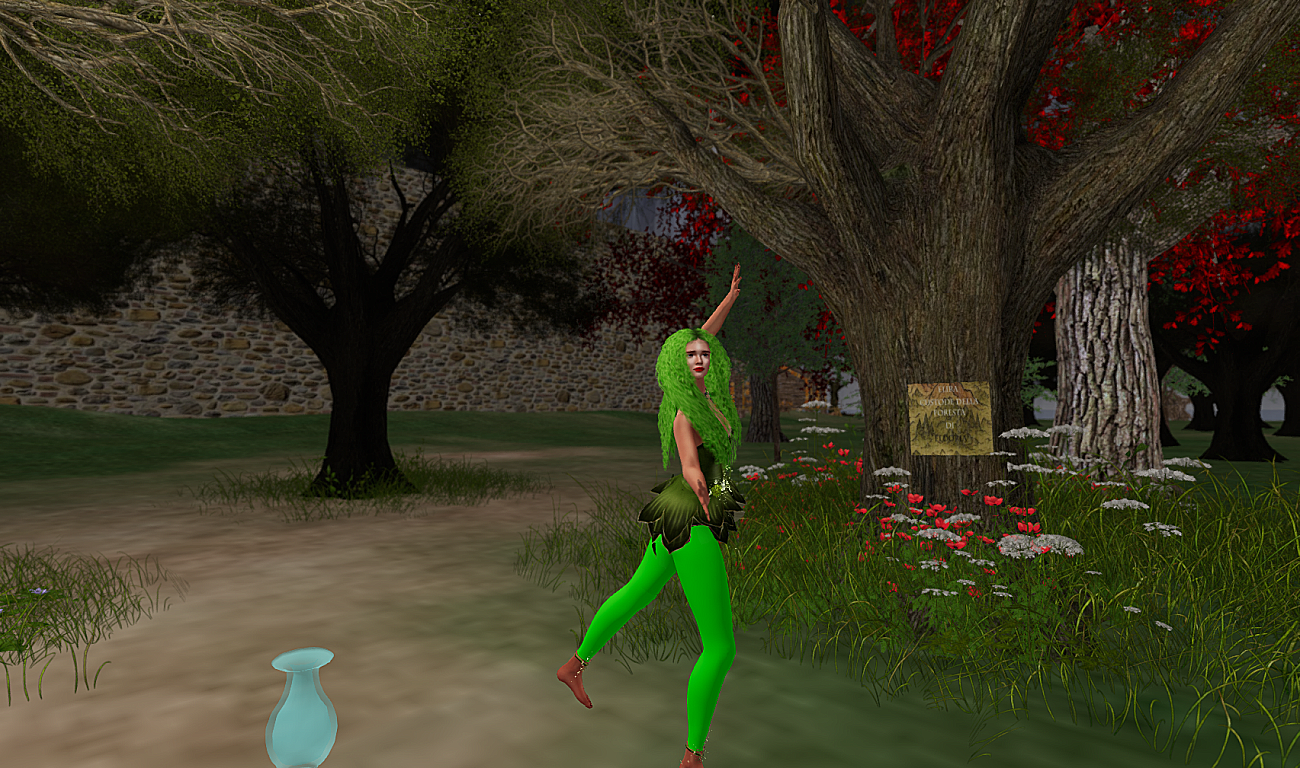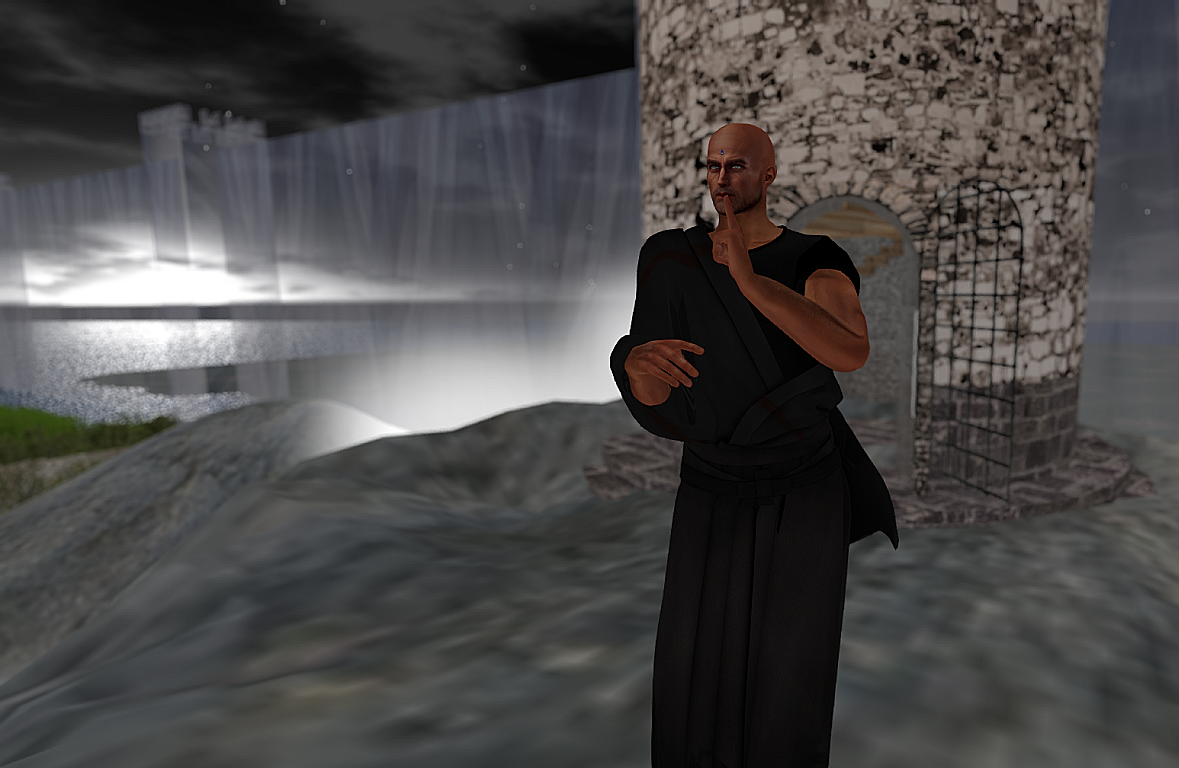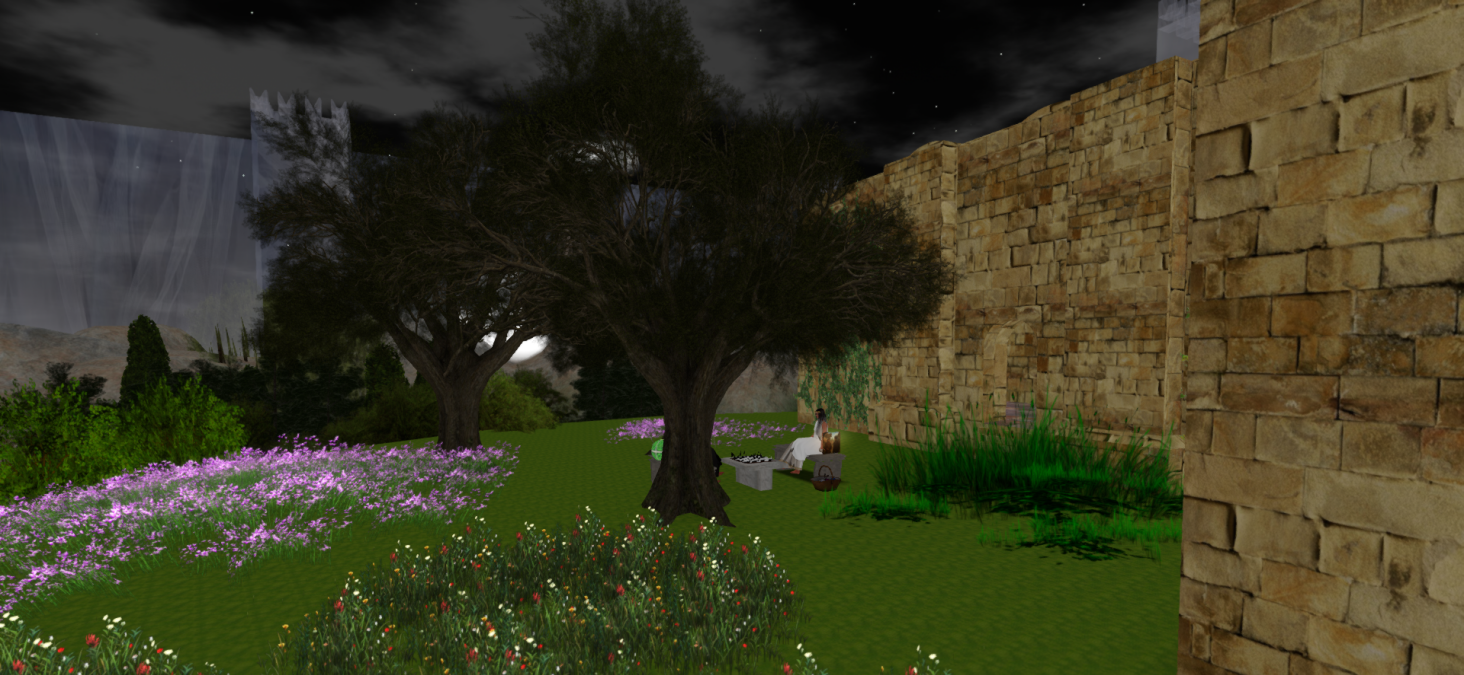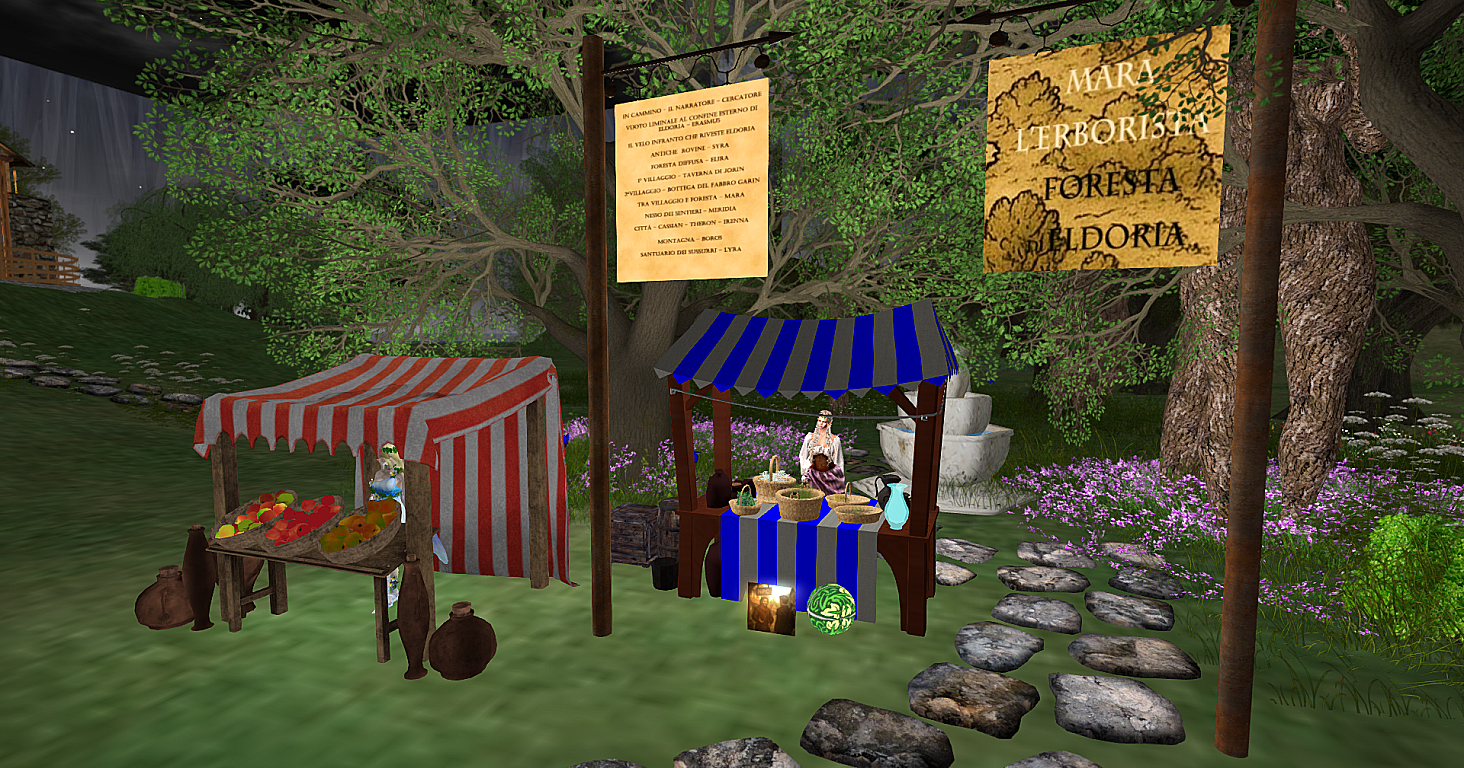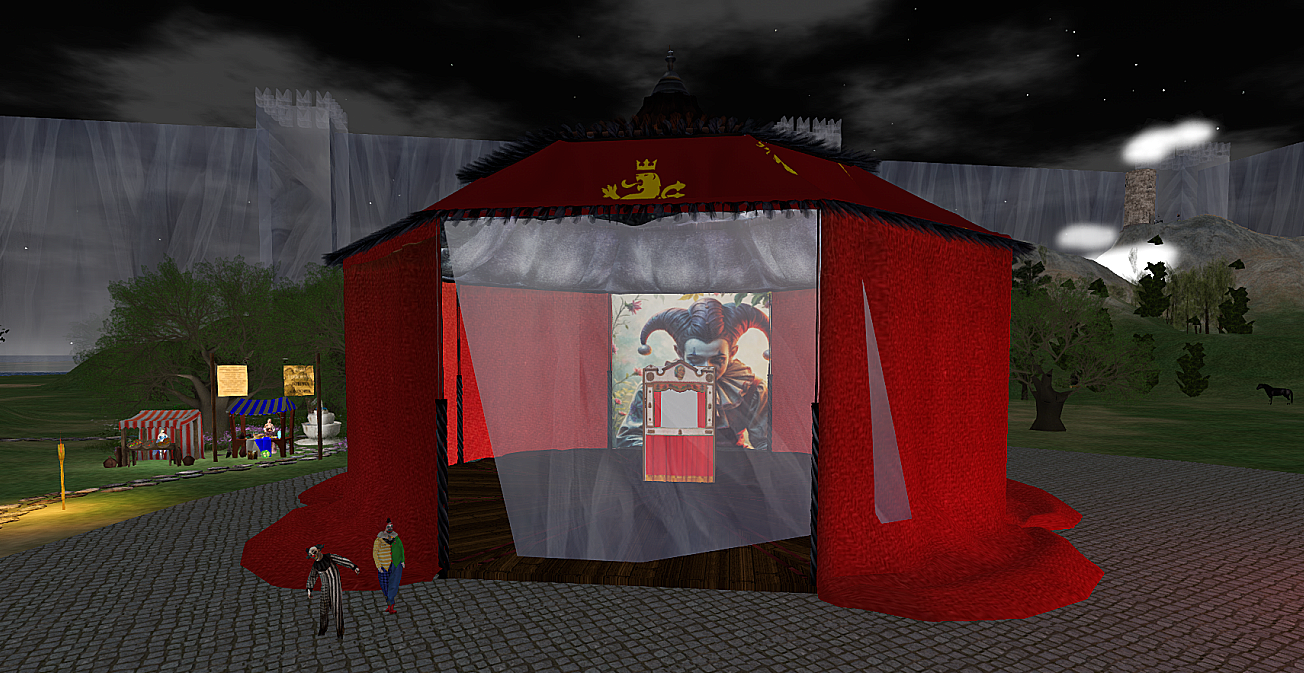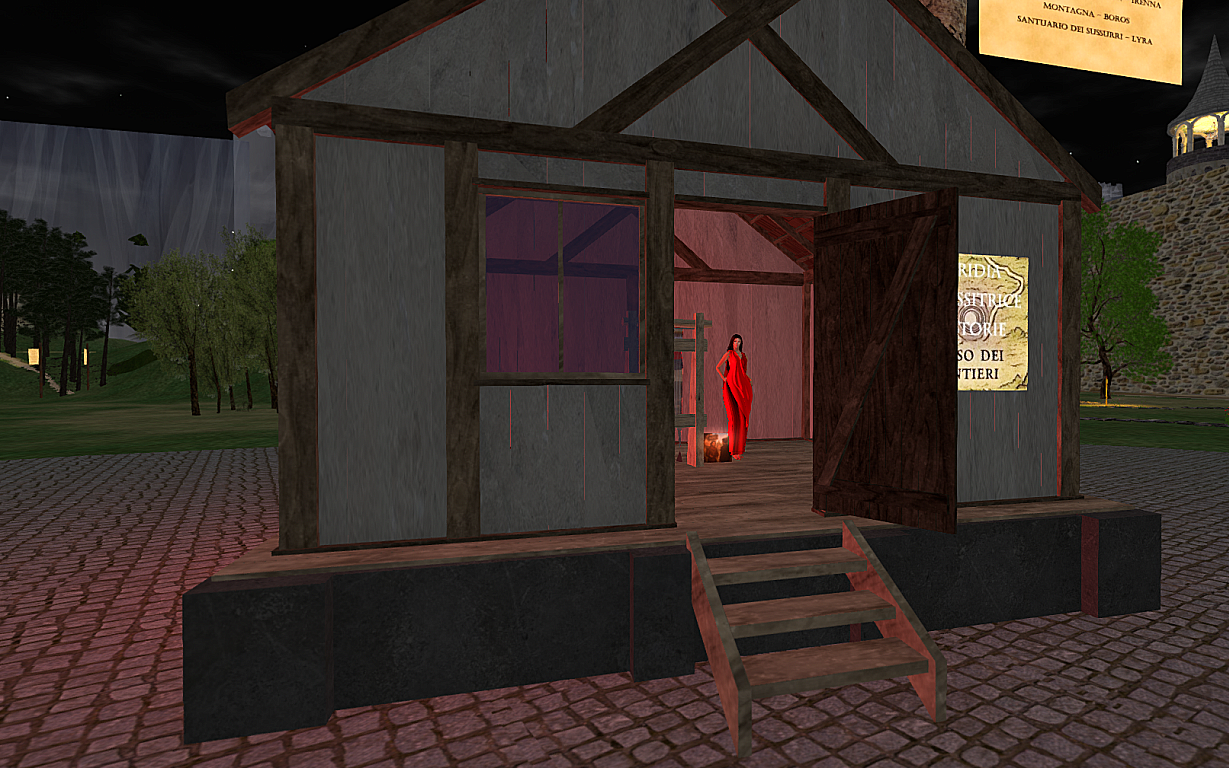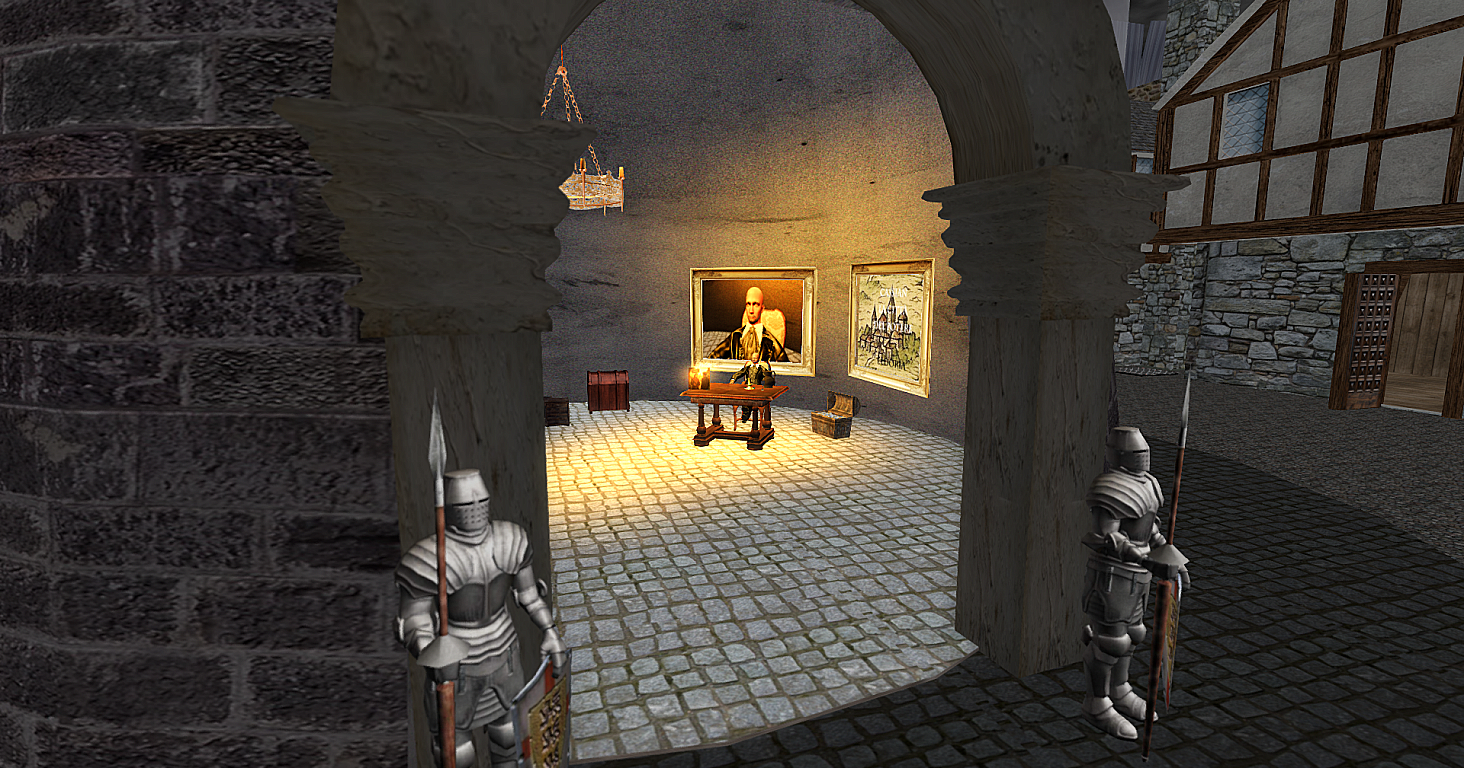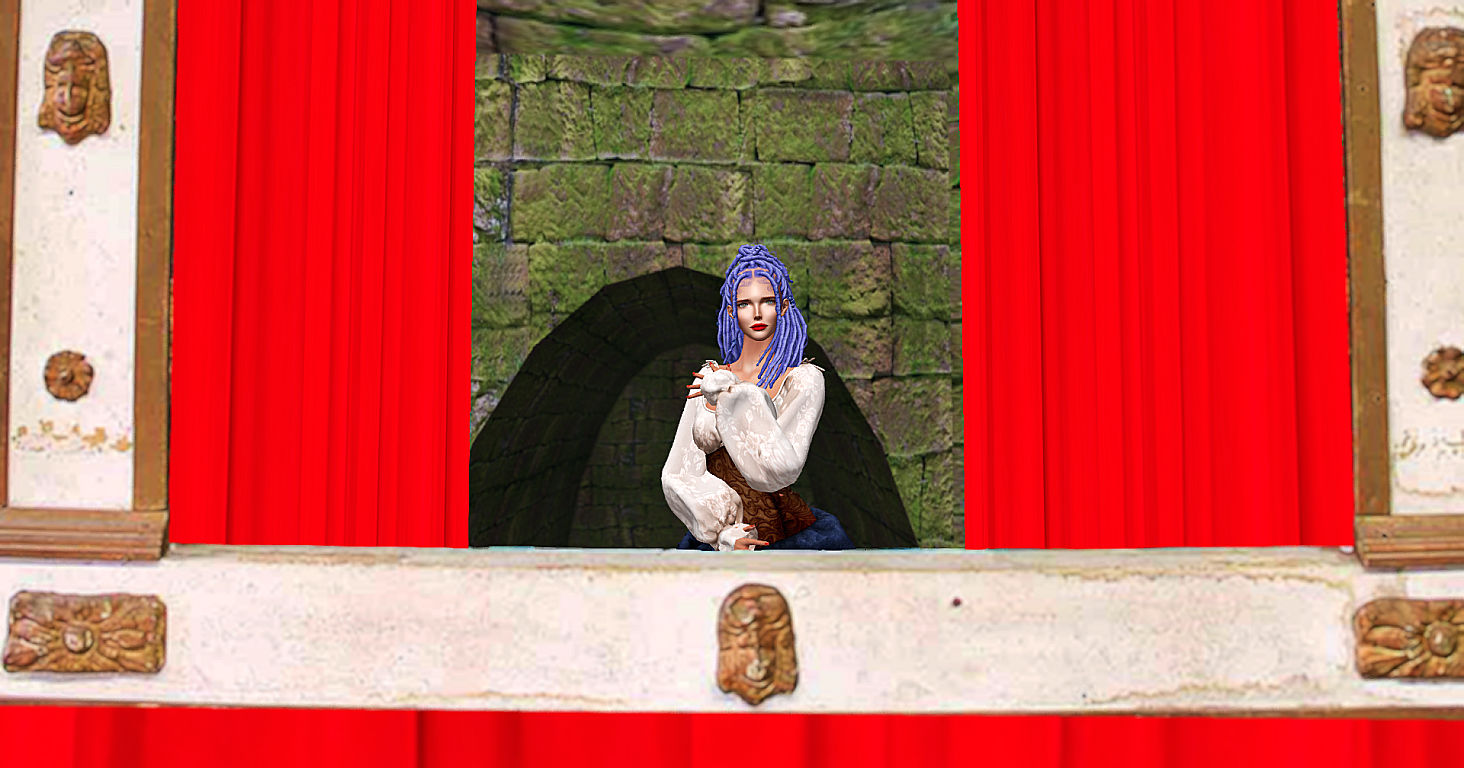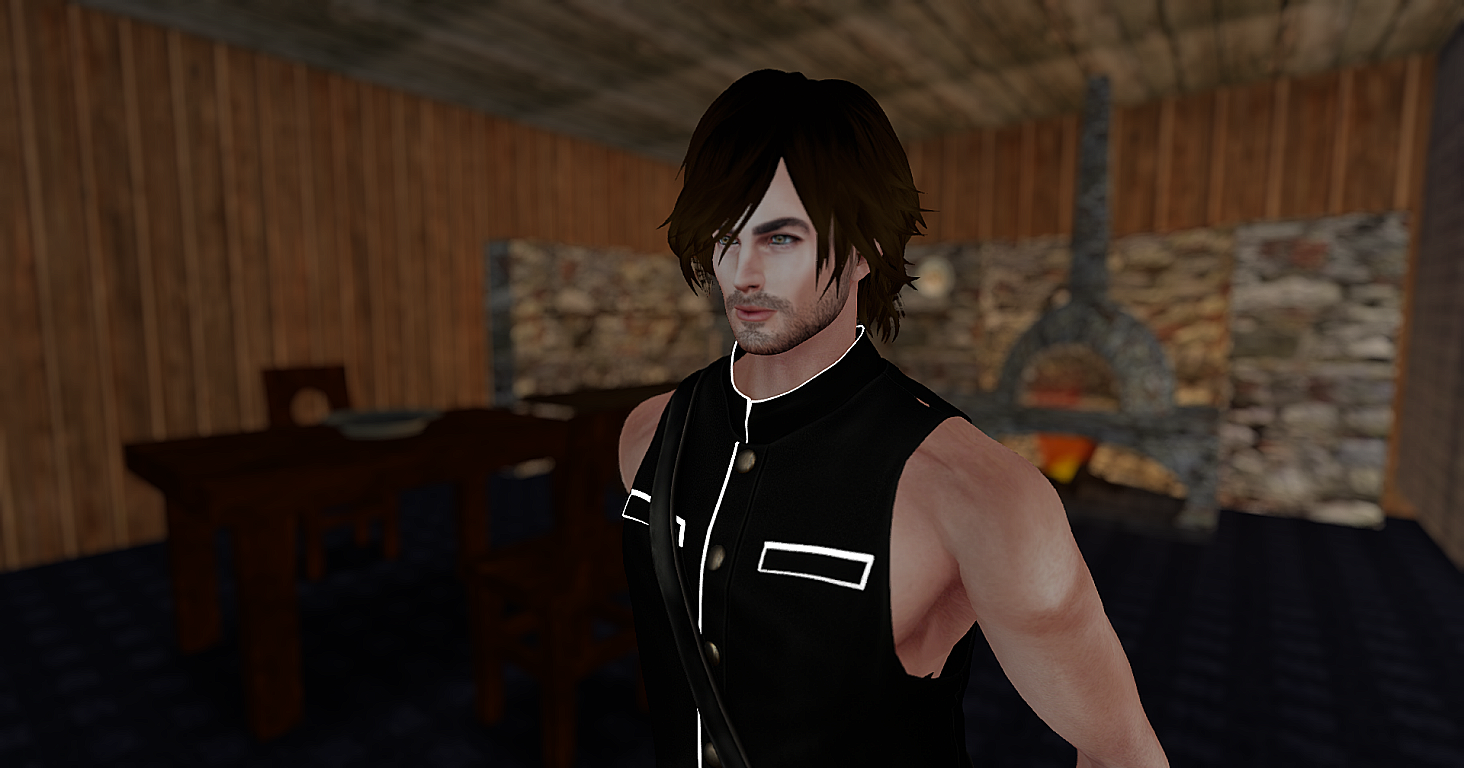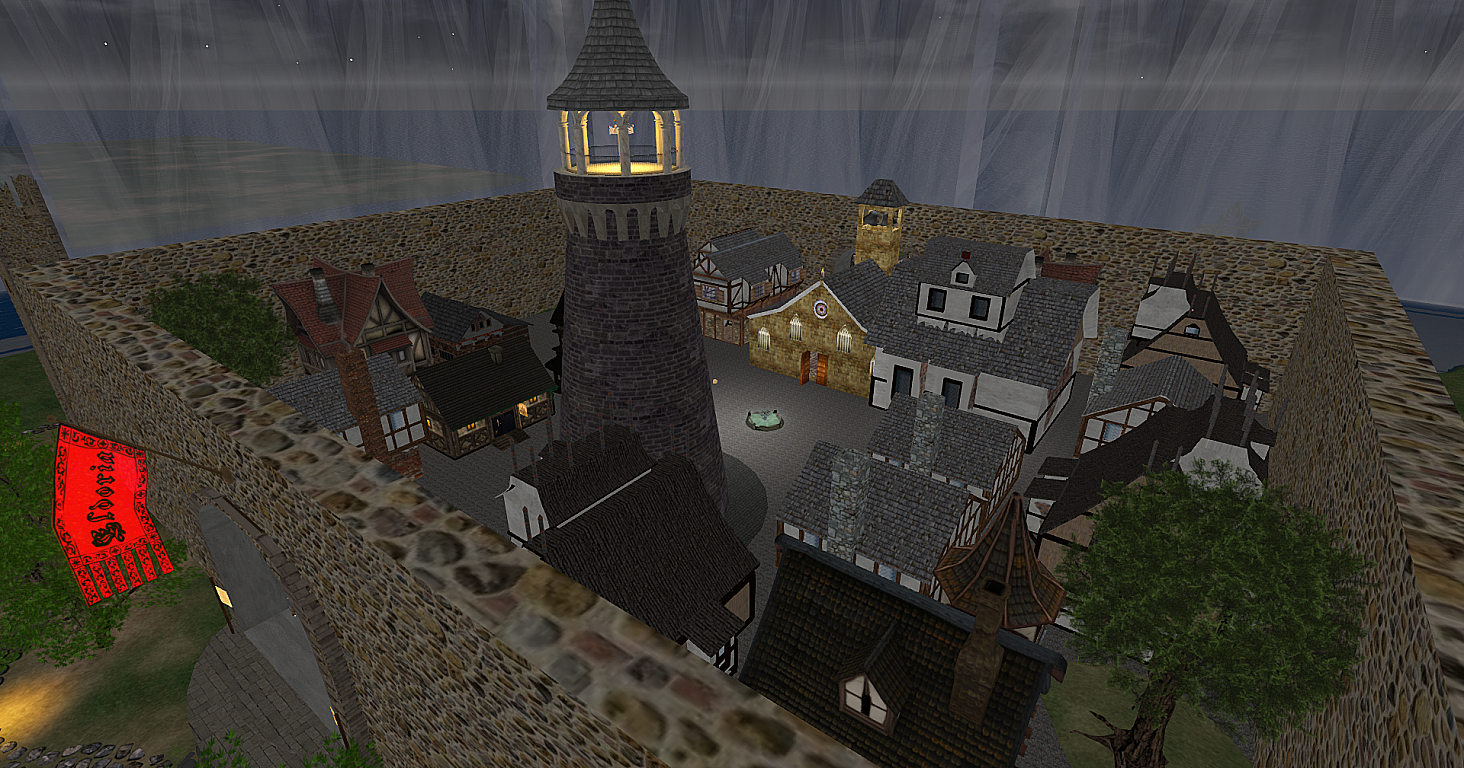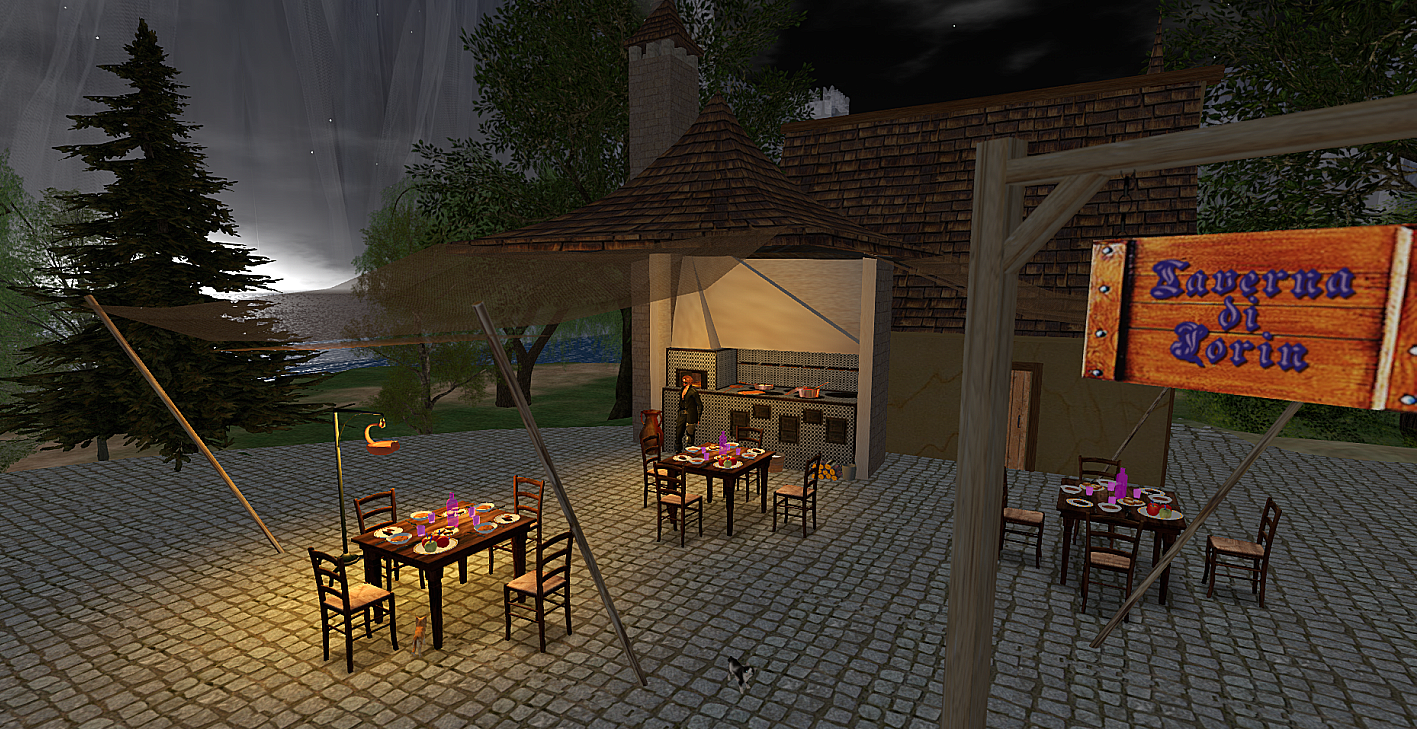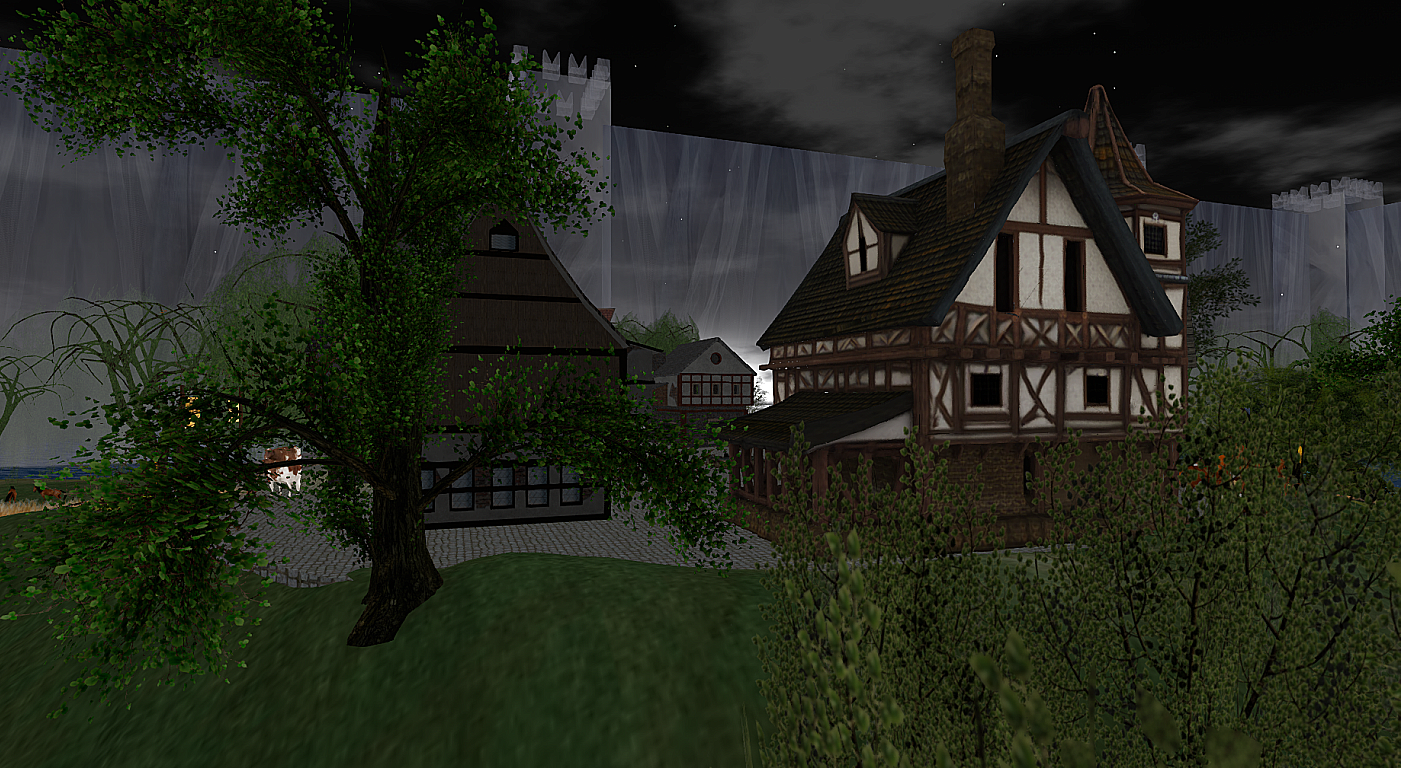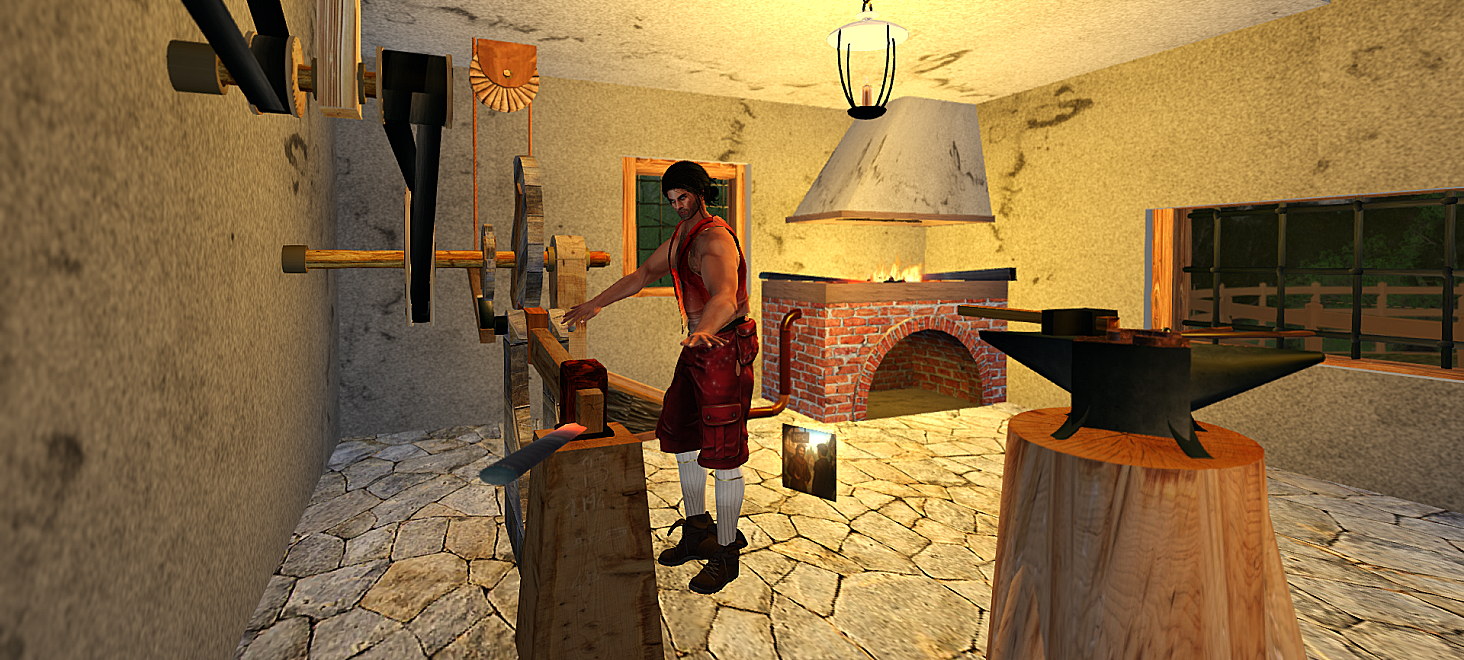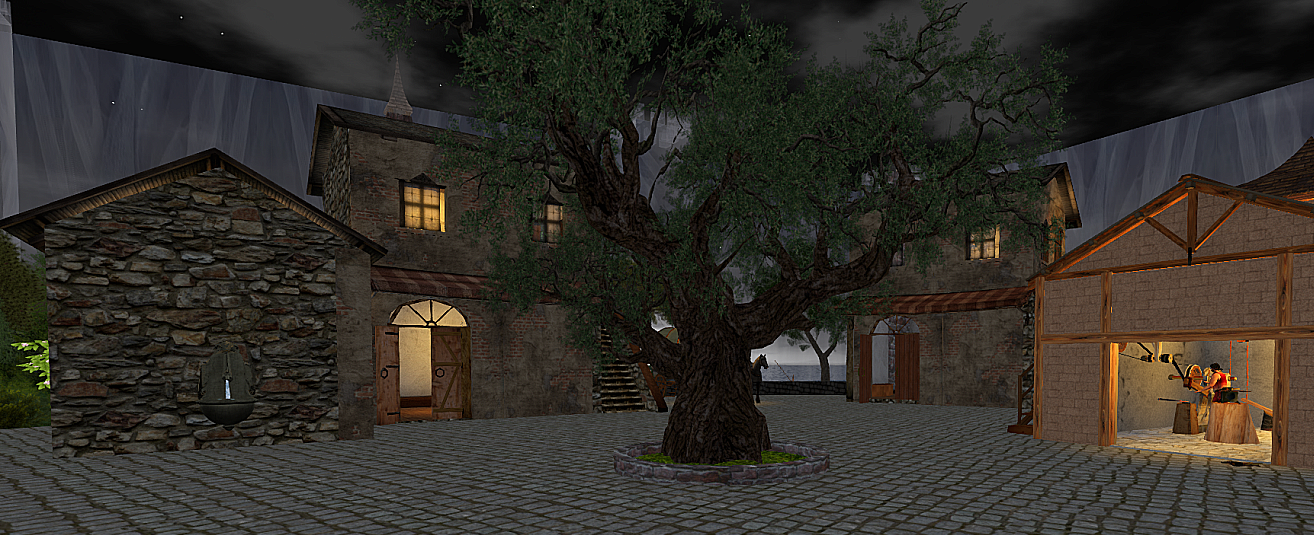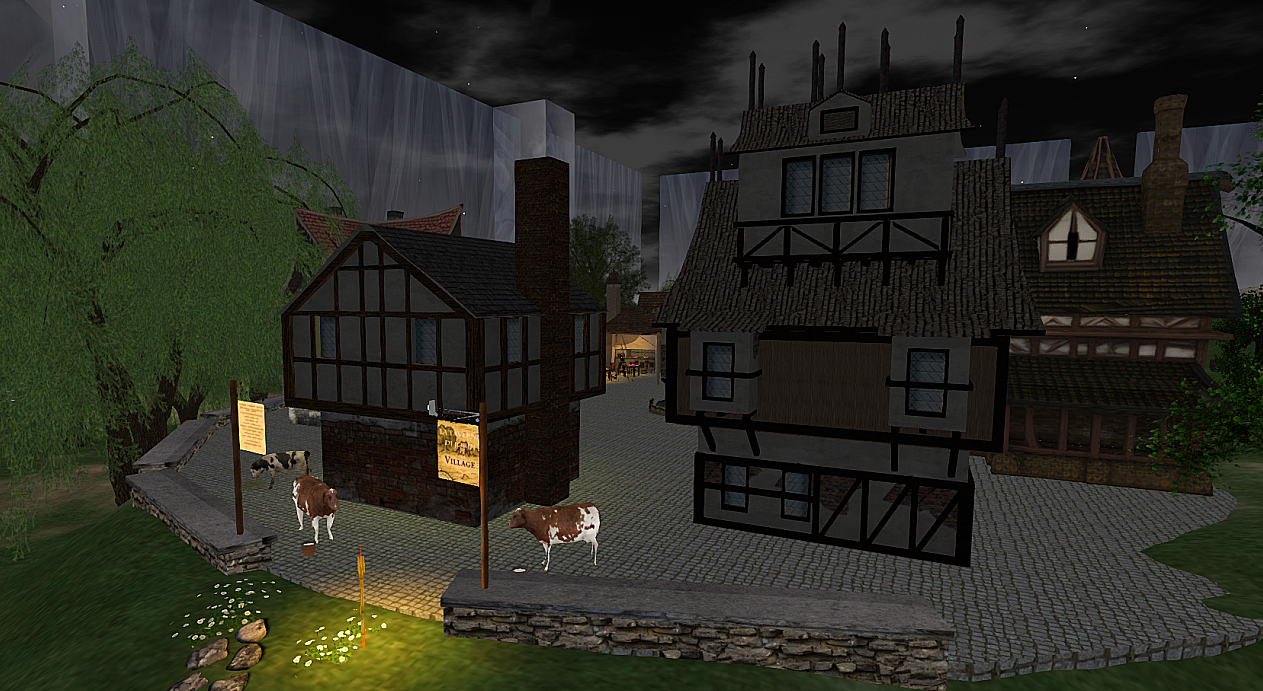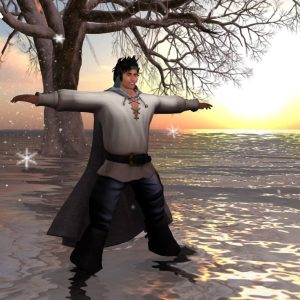
Hi Salahzar, as you know, I’d like to collect the experience of the Nexus project in the virtual world of Craft/OpenSim, which we took part in together. I’d like to ask you a few questions to tell the story of the origins, ideas, and challenges of this very unique project.
First of all, how did the project come about, and what prompted you to bring together such a diverse group of people to create this virtual world in OpenSim?
The idea was to apply real, functional artificial intelligence in virtual worlds — not just another lab demo. After quite a thorough investigation, OpenSim turned out to be the ideal platform because it allows you to call external web services freely, without running into the paranoia of other virtual worlds — all terrified of hypothetical hackers abusing their HTTP calls. In OpenSim, on the other hand, we have FREEDOM OF MOVEMENT: free web calls, no security committee watching you sideways.
There was also an interesting secondary motivation: to offer Licu an OpenSim server implementation 400% FASTER AND MORE EFFICIENT than the current one. When you host a large number of NPCs, animations become quite a bottleneck — and optimization makes the difference between a smooth world and a lag festival.
That’s very true. Tell me, what fascinates you about creating together in an environment like Craft? And how does virtual collaboration change the perception of “doing things together”?
Collaborating with a storyteller like Lorenza, a talented builder like Tonino, an expert avatar creator and animator like you, Eva — plus other contributors such as terraformers and brainstormers — allowed the AI experiment to break out of the somewhat sterile niche of a “technical proof of concept” and become a SOCIAL DRIVING FORCE. The goal was to create, within the Edu3D community, an interactive gaming experience inside Craft that would be memorable for every individual and group involved. Of course, like other Edu3D activities, it’s an experiment: some themes were deliberately simplified. But the result, for a virtual world, is FAIRLY SOPHISTICATED — I’d say we’ve raised the bar.
Thank you for calling me “expert.” I think being a coordinator in a digital space is different from doing it in the physical world. How did you manage communication, trust, and group motivation within Nexus?
The most interesting challenge was to give each participant EXPRESSIVE FREEDOM within a general idea.
Normally, in a project, contributors are much more constrained; here, instead, the builders were free to insert their own ideas into a deliberately “open” structure. This made it possible to reconstruct the storytelling BASED ON WHAT WAS BEING BUILT, shaped by the “geography” of a world that — by its AI nature — is AGEOGRAPHIC. Lorenza had to deal with the AI’s analyses and evaluations of her story drafts — an interesting experience, let’s say. It was a bit like having a RUTHLESS PEER REVIEWER who doesn’t get offended if you tell them they’re exaggerating.
Another major challenge was to invert the classic project management paradigm: here, everyone became an essential and creative part, with their own responsibilities, ideas, and achievements. It’s not the scripting or the AI that drives the process — THE RESULT IS BORN FROM EVERYONE’S WORK.
I completely agree — that’s always been part of Edu3D’s spirit. In Nexus, though, AI plays an important role in interacting with non-player characters. Where did the idea of integrating AI into the project come from? What changes, narratively and emotionally, when the one “answering” you isn’t a person but an artificial intelligence?
The AI in Nexus doesn’t just talk with the player and adapt to their psychological profile — it also talks with the programmer and the storytelling, evaluating coherence and “playability.” I used AI both to create the NPCs’ brains — programming in Python and LSL — and to simulate SL-like commands within conversations, generating non-trivial effects: animations, notecard sending, teleport options, and more.
The most interesting part? At many points you have to “CONVINCE” THE NPC THROUGH DIALOGUE.
To stay faithful to the story, some characters develop unexpected skepticism or critical attitudes — which is rather paradoxical if you think about it: you’re debating with a neural network that’s giving you the third degree.
The advantage of AI is that it transforms a story into an ORGANIC SERIES OF EVER-CHANGING DIALOGUES. Each model has its own personality: Flash 2.0 responds completely differently from an open-source model or Haiku 4.5. GPT-5 or Sonnet 4.5 tend to use much richer, more elaborate — almost baroque — prose. Not all models suit Nexus; right now I use OpenRouter, which lets me switch models easily without rewriting half the infrastructure.
At this point, can you tell us how this AI integration works in practice? What kind of tools or systems did you use to “bring NPCs to life”? Were there particular technical challenges?
I have a web server that exposes an HTTP endpoint capable of simulating a conversation with any NPC. The server tracks conversations, profiles the player psychologically (transparently), and records inventory and in-game movements.
Inworld, each NPC is linked to a RECOGNIZABLE OBJECT that activates on click and listens to public chat. The object sends what the player says to the web server, and the reply — usually within 10 seconds — contains both what to say and what actions to trigger in OpenSim: llSetText, animations, notecard offering, teleport, and so on.
The challenge is to bring into the “real” world — in this case virtual, which already sounds like an oxymoron — a PRACTICAL EXAMPLE OF AI USAGE that goes beyond simple chat. We want the AI to MAKE THINGS HAPPEN in the world, not just talk.
Was there a moment or situation in Nexus that particularly moved you, or that best represents the spirit of the project?
Yes: when the AI evaluated Lorenza’s story and gave its opinion, she felt LIKE A STUDENT BEING GRADED ON HER FIRST EXAM. It was the concrete proof that AI can be used as a CREATIVE PARTNER — one that judges, challenges, expresses ideas and points of view. It’s not a passive tool: it’s an interlocutor that keeps you on your toes, and that completely changes the dynamics of the creative process.
In Nexus, scripting, building, storytelling, and artificial intelligence coexist. How do you maintain a balance between the technical and the poetic dimensions of creation?
As a scripter, I worked on the technical side. The poetic side is more Lorenza’s or your domain — and that’s perfectly fine. My goal was to show that it’s possible to introduce A NEUTRAL TECHNOLOGY LIKE AI into a creative process — building, storytelling — and get good results. So far, I’d say the outcome is positive. Technology shouldn’t suffocate creativity: it should ENABLE IT, AMPLIFY IT, and sometimes even challenge it a bit.
How could I disagree? Finally, what do you take away from this experience, as a coordinator and as a creator? Has it changed the way you see technology or collaboration?
The project developed over TEN MONTHS OF INTENSE WORK: meetings, gatherings in Craft, discussions, coordination points. I believe it will remain a very interesting experience — with some limits, of course — in the participants’ memories.
And for me? Well, I’d say it confirmed an intuition: that AI can be a SOCIAL CATALYST, not just a toy for techies. When technology becomes transparent and people can focus on creation, interesting things happen.
If you had to describe Nexus in three words, which would you choose?
Obviously: AI-ASSISTED CREATIVITY.
Thank you, Sal. I must say that taking part in the project was a truly rewarding experience for me, and that we managed to collaborate in perfect harmony.

